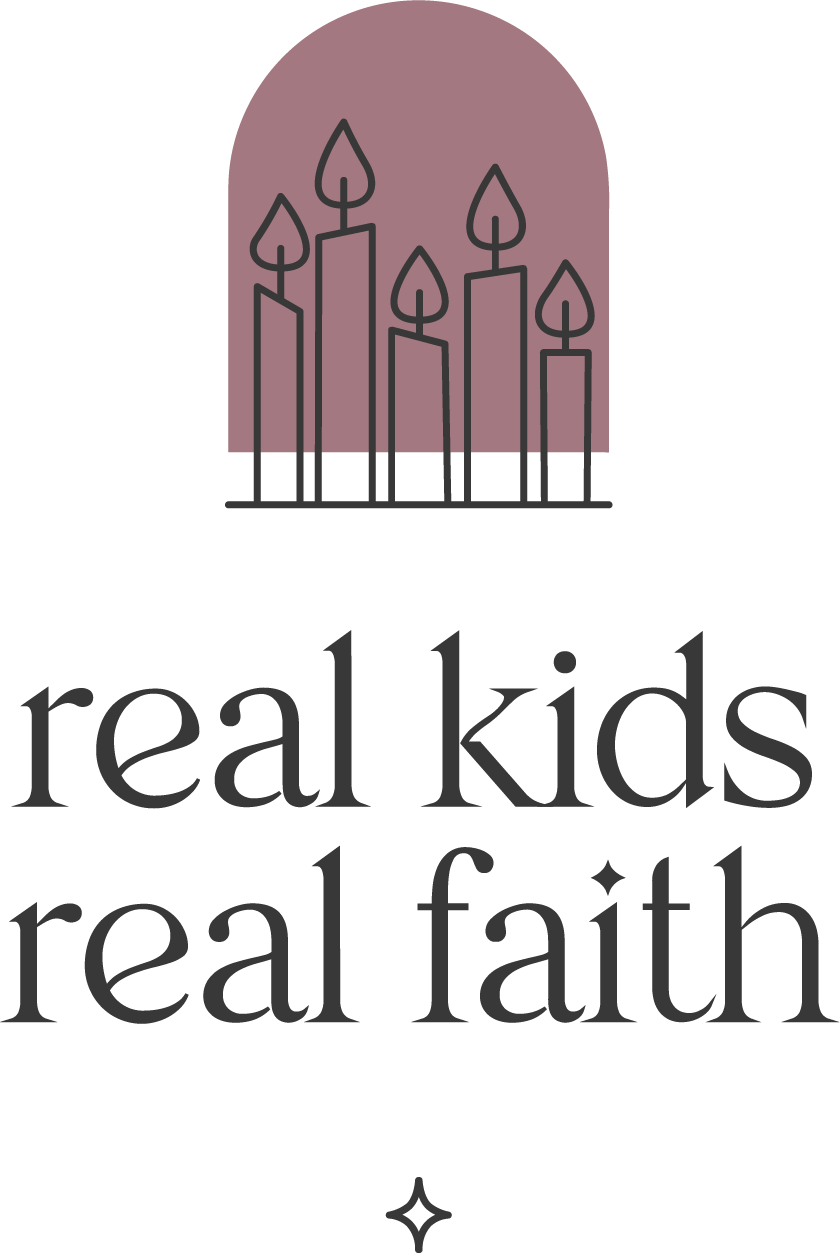When my son was learning about lower case letters, he got into an argument with his preschool teacher about the letter ‘t’. He wouldn’t accept that a vertical line with a horizontal crossbar was a letter. Instead, he insisted that what she was calling a ‘t’ was really a cross. Nothing she could say would sway him.
This might seem like odd childhood behavior, but it’s really a prime example of how young children make sense of the world around them. They look and listen for cues from their environment and trusted adults. Then they take the information they’ve gathered and filter it through previous experiences to decide what something means.
My son had spent a lot of time in churches, where crosses are a staple symbol. He had heard his parents and others call that two-line shape a cross many times. So when faced with a poster illustrating the lower-case alphabet, one letter jumped out as familiar but out of context: a cross (aka, the letter ‘t’). He proudly showed off his knowledge of this spiritual symbol and was confused by the alternative label supplied by the teacher.
Language experts say that children learn best when they receive lots of cues about the meaning of a word or symbol. The most obvious are explicit cues, in which a parent or caregiver says what something is and means. In spirituality, this involves labeling specific items that are part of spiritual practices, such as menorahs, rosaries, prayer mats, and diyas. It also includes explanations about the purpose of such objects and instructions for their use.
Children also seek out contextual cues, noticing where, when, and how a word or symbol gets used by others. If a word is frequently repeated in a spiritual context, then a child assumes it has spiritual meaning, even if they are not sure exactly what that meaning is. Chants and yoga pose names are good examples. Children hear and may accurately repeat these words while correctly imitating traditional movements meant to accompany them. They thus build a rudimentary spiritual vocabulary from assessing how words are used in context.
Implicit cues, such as images and phrases, are also useful tools for children’s spiritual learning. Particularly for early readers, having images that illustrate new vocabulary words speeds recognition. A poster showing prayer poses or a video of Tai Chi movements can be as powerful as a verbal explanation. And a simple phrase (‘breathe like a bunny, then breathe like a bear’) can help them remember how to do a breath meditation.
Lastly, encouraging children to repeat spiritual words and instructions helps with retention. Pantomime a spiritual action (breathing in and out slowly) and invite your child to name what you are doing (‘centering’). Show them an image (an ornate geometric figure made with different colors of sand) and ask what it is (‘a mandala’). State part of an instruction (‘relax your…”) and ask children to complete the sentence (‘feet’, ‘legs’, ‘hips’, ‘hands’’, etc. for a full body relaxation exercise).
Photo credit: www.childhood101.com

Comments